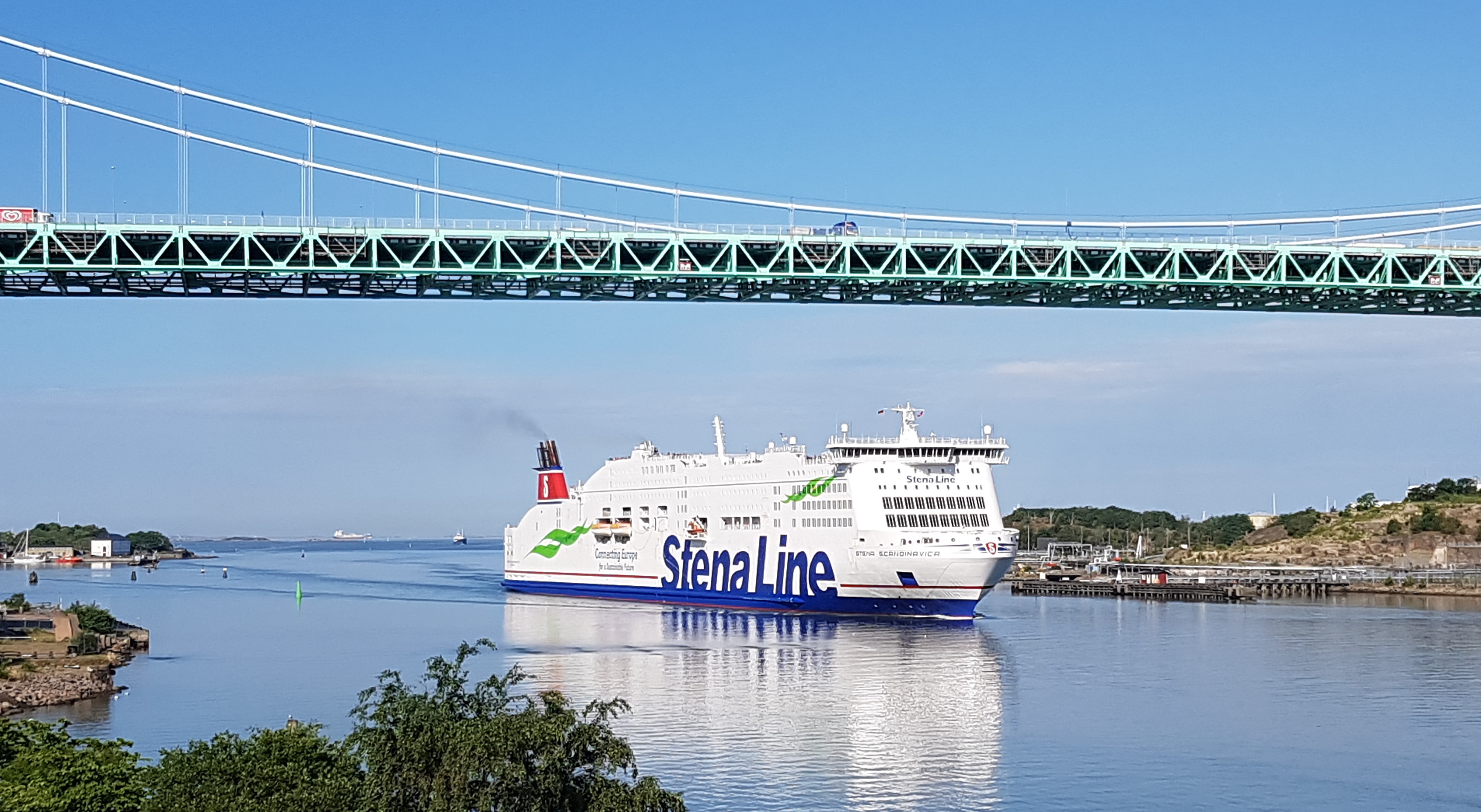
ScandiNAOS AB is a Swedish ship design company based in Gothenburg. Our vision is to contribute to the development of marine transport and to minimize the environmental and climate impact. This includes the design of the complete marine transport system, the cargo handling, the vessel design and particularly the fuel that is used.
Alternative Fuels

ScandiNAOS AB has for more than a decade been looking into the options for marine fuels. In order to redcue the environmental and climate impact, the oil based fuels must be replaced. A number of alternative fuels have been considered an analysed. From tehcnical and engineering perspective we can find solutions for more or less any alternative but some alterntives are defitively more challanging, complicated and costly to facility for a propulsion system of a ship.
Methanol
Based on the in depth studies we have done we are convinced that methanol is a very good fuel alternative to reduce the environmental and climate impact from shipping. For the last decade ScandiNAOS AB has spearheaded this develpment and we are today the leading designer company with the broadest experience and competence related to methanol as marine fuel.
Electricity

Electricity for propulsion of ships is an option that can be very attractive.
Other Alternatives
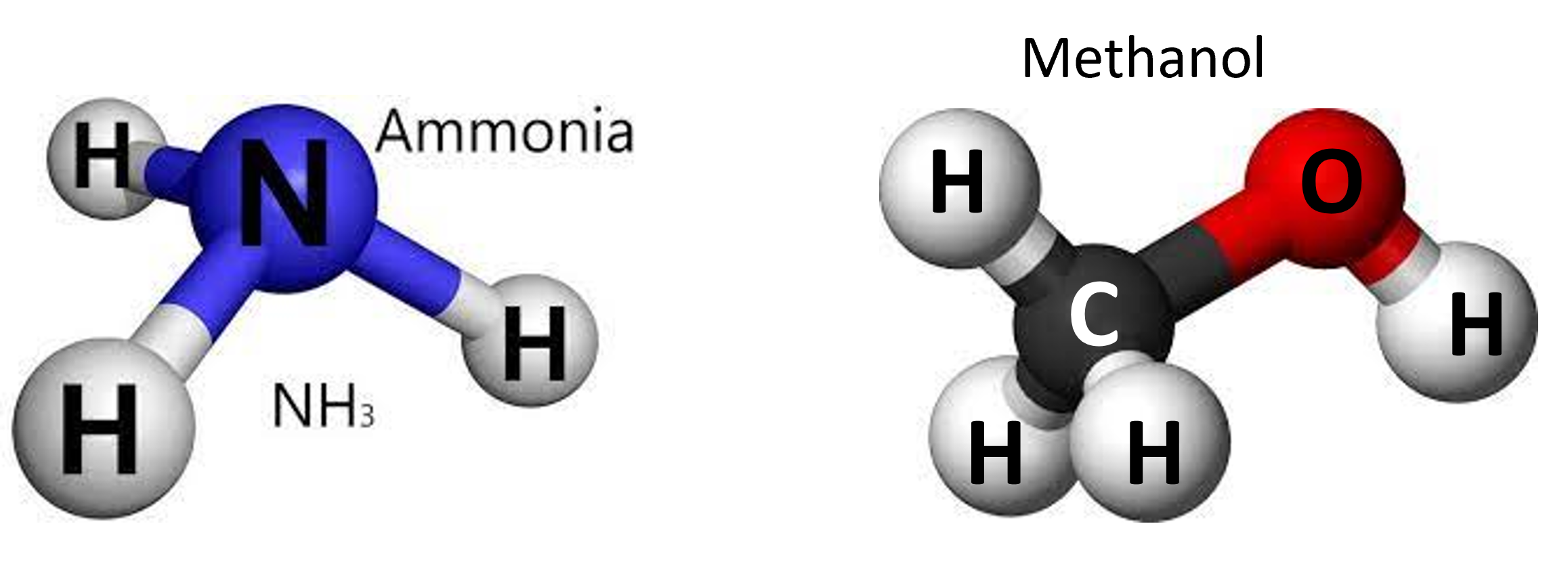
Ammonia has emerged as a potential alternative marine fuel in the last years. Similar to the other alternatives, ammonia can be produced either from fossil feed-stock or from renewable. The renewable production of ammonia is based on the same principle as e-methanol, i.e. hydrogen is produced from a renewable energy source e.g wind, solar or hydro power.
For ammonia, the hydrogen is then synthesized with nitrogen. This can be compared to methanol production (e-methanol) where the hydrogen i synthesized with CO2 instead of nitrogen.
An apparent attractive feature of ammonia is that it does not contain carbon and thus will not create CO2 when combusted. Methanol contains a carbon atom and will generate CO2 when combusted. However, the CO2 released when combusted is the same amount CO2 that was captured when the methanol was produced from hydrogen and CO2. The air we breath contains 78% nitrogen and only 400 ppm CO2. If the only option was to capture CO2 from the air of course it is easier to capture nitrogen, but there are many sources of more concentrated CO2 where CO2 can be captured such as paper pulp and bio-gas plants.
There are serious challenges with ammonia. It is very poisonous, it has lower energy density than methanol, it need to be kept under pressure and it is a challenge to make it burn in a combustion engine.
Ship Design
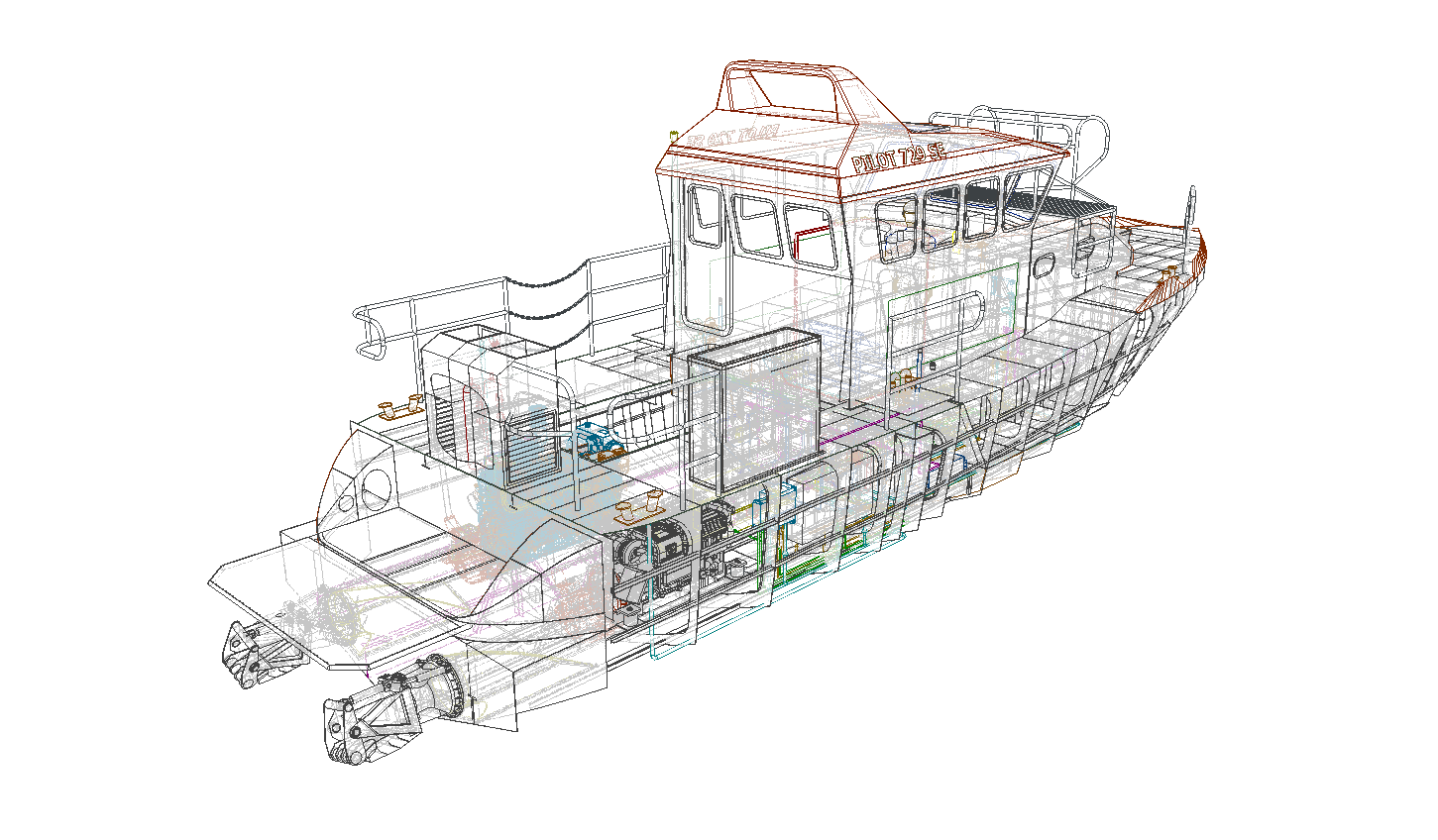
We are Naval Architects who push the boundaries and always strive to find possibilities to improve and optimize. We are also continuously looking for new and better ways to propel the ship. Along these lines we are developing systems for sail assisted propulsion and we are involved in the development of battery electric vessels.
Concepts

To move shipping towards minimal climate and environmental impact the fuel consumption need to be minimized. When we develop concepts we like to start at the beginning analyzing the transport mission. When this is understood the concept work continuous to identify the best ports, the required number of ships, ship types, ship size, speed, propulsion concept, fuel, cargo handling concept etc. A client will always have a number of prerequisite which we will use as boundary conditions in our concept development.
Ro-ro, Ro-pax

Together with our sister company NOAS Ship and Boat design SRL, in Trieste, Italy, we can provide world class design support for Roro and RoPax vessels.
Cargo Handling Systems

With our roots in Gothenburg, we have naturally been part of the development of roro handling concepts both regarding logistics, equipment and vessels.
Ro-ro Systems
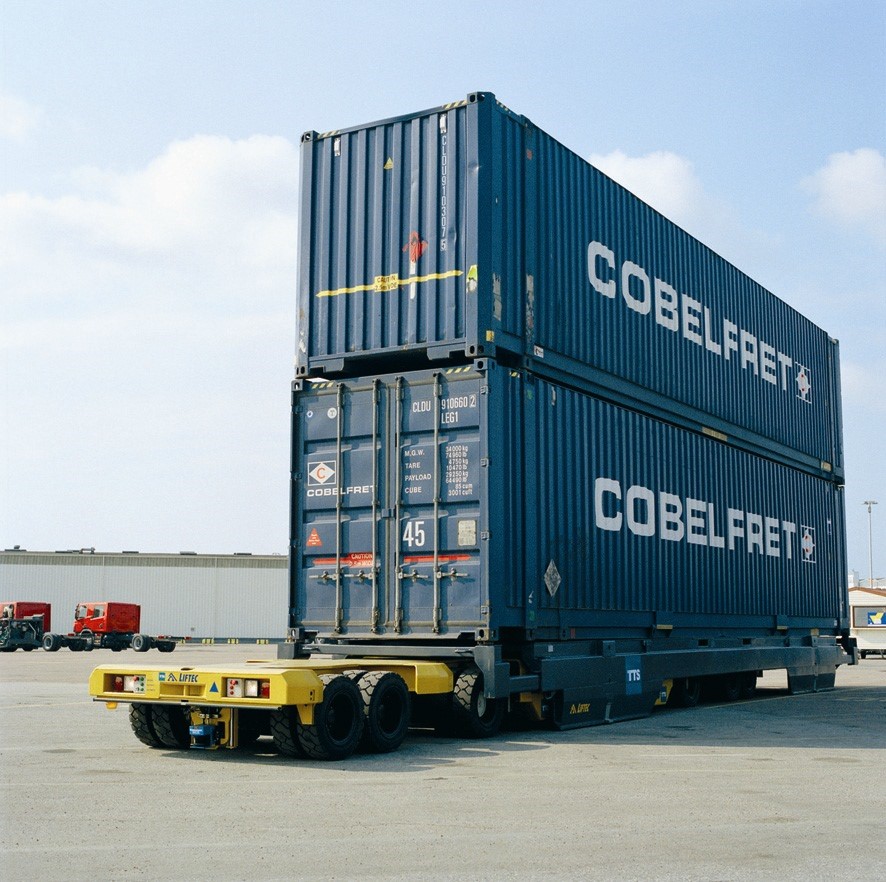
ScandiNAOS contributed to the development of he first automated guided vehicle for roro handling
Wind Assisted Propulsion
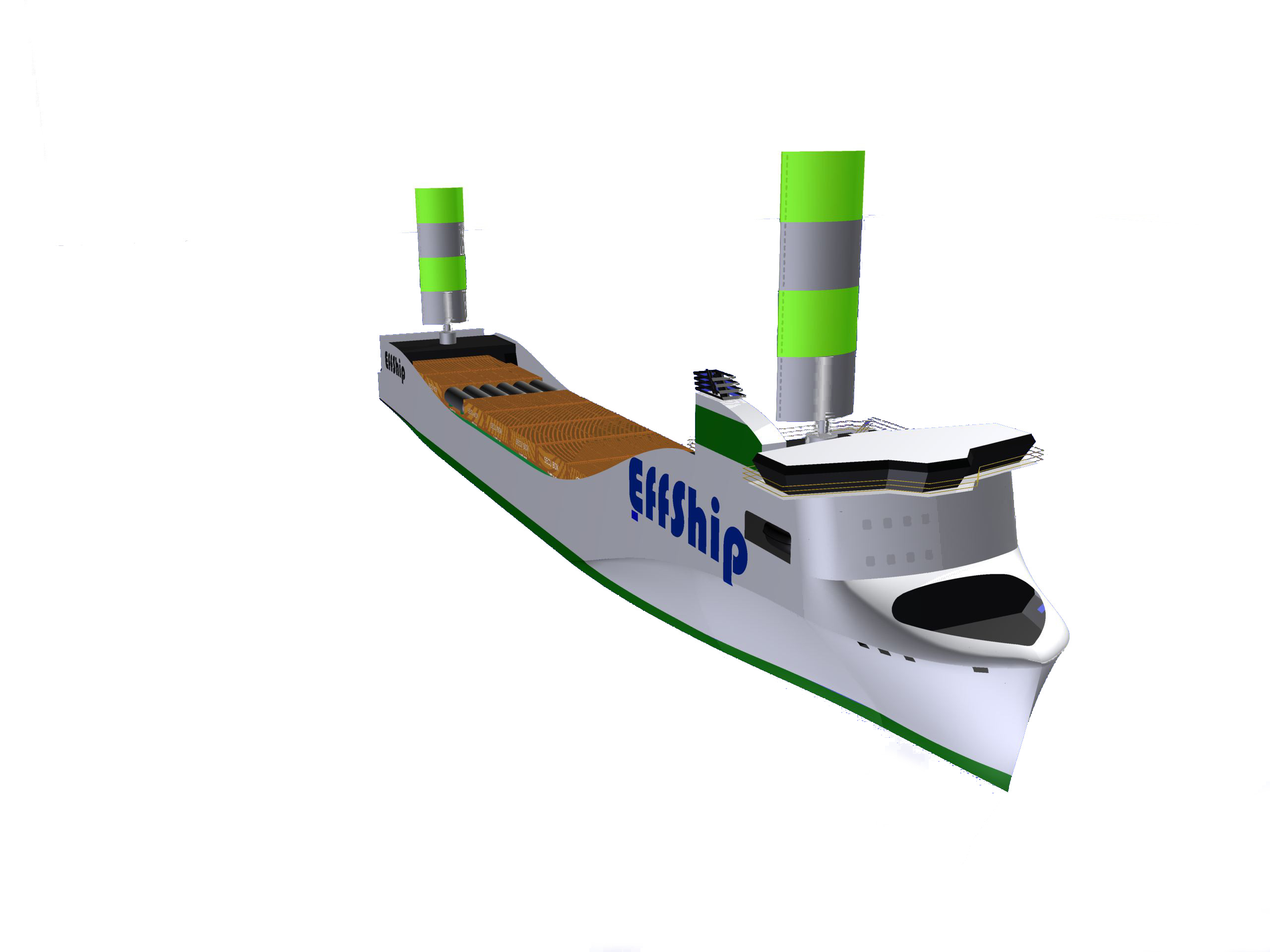
Text about wind assisted propulsion...
